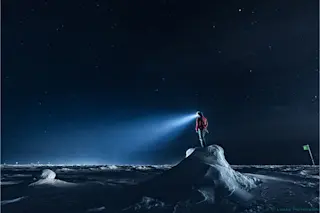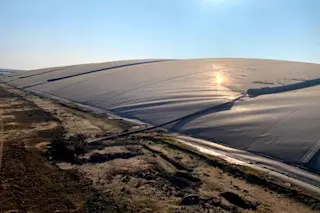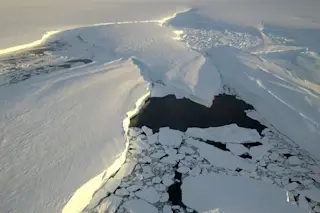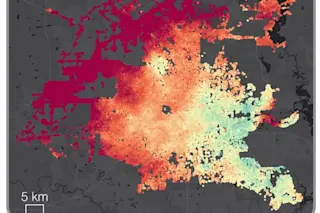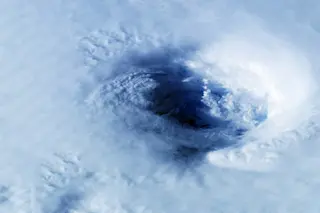Since September, the polar night of winter has been spreading steadily southward in the Arctic. But sea ice hasn't been keeping pace.
During October, growth of the floating ice was held back by significantly warmer temperatures than average. All told, October saw the fourth lowest extent of Arctic sea ice for the month in records stretching back 46 years to 1979, according to the latest analysis by the National Snow and Ice Data Center.
An expanding black circle marks the spread of polar night in the Arctic in this animation of images acquired by the NOAA-20 satellite between Sept. 4 and Nov. 7. The view is straight down at the North Pole in the center. Each frame in the animation covers two days, and the black circle is indicative of an expanding area that sees no sunlight as winter progresses. (Credit: NASA Worldview)
NASA Worldview
Including last month, the Arctic ...


